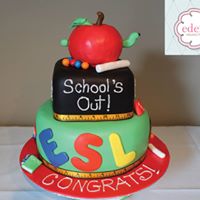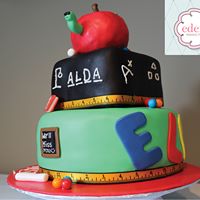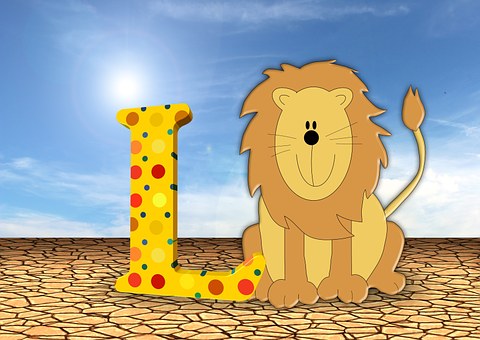
Literacy
Literacy is basically the ability to decode and encode a language for meaning, using different cognitive abilities/strategies. It can be a cultural language- the first language one learns to speak, or any other language after that. People can be literate in as many languages as they want to learn. The term literacy is extended to the ability of making meaning in specific languages such as computer, media, financial, environmental literacy and so on. The United Nations Educational, Scientific and Cultural Organization (UNESCO) defines literacy as “the ability to identify, understand, interpret, create, communicate and compute, using printed and written materials associated with varying contexts”
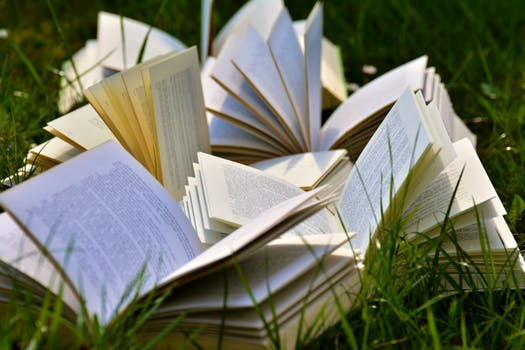
The Literacy Journey
So how does the literacy journey begin? Literacy begins with oral language as preparedness for reading . Reading is a tool that can help us do a variety of jobs. It’s a skill because the more we practice the better we read. It’s an ability because it empowers us to think and learn new things, and it’s also a process because we learn it over a period of time. When we over-learn the reading process, it frees up the conscious mind, allowing it to focus on other cognitive areas required to deal with a new situation. The development of oral language, starting when we are infants, is important to the reading process later on. When children go to school with large vocabularies and reading readiness skills (i.e. they know how to handle a book), they are well equipped to learn to read.
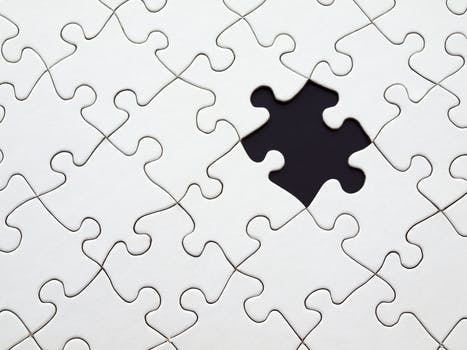
The Reading Puzzle
My opinions about literacy and literature are a result of my personal experiences both as a learner, a teacher as well as the vast amounts of research papers and books that I’ve read over the years. I agree with Elaine K. McEwan’s jigsaw puzzle of the readiing components. I believe all the components are equally important and when one piece of the reading puzzle is missing or poorly taught, then it affects the whole experience. According to E. McEwan, the pieces of the reading puzzle are: Phonological Awareness, Phonics, Spelling, Reading a lot, A reading culture, Language, Fluency, knowledge and Cognitive Strategies.
Illiteracy
On the other hand, Illiteracy is the inability to read and write. Different approaches to teaching reading and writing since the 1950s were/are attempts to reduce the illiteracy rate in North America as well as other countries. Many people may not be completely illiterate, but their poor literacy skills don’t allow them to fill out an application, or read a simple children’s story. They are dependent on others, who may or may not give the information they need, and that makes people vulnerable.
With Love and Gratitude.
Alda
Source:
McEwan, Elaine. Teach Them All to Read(2002)

